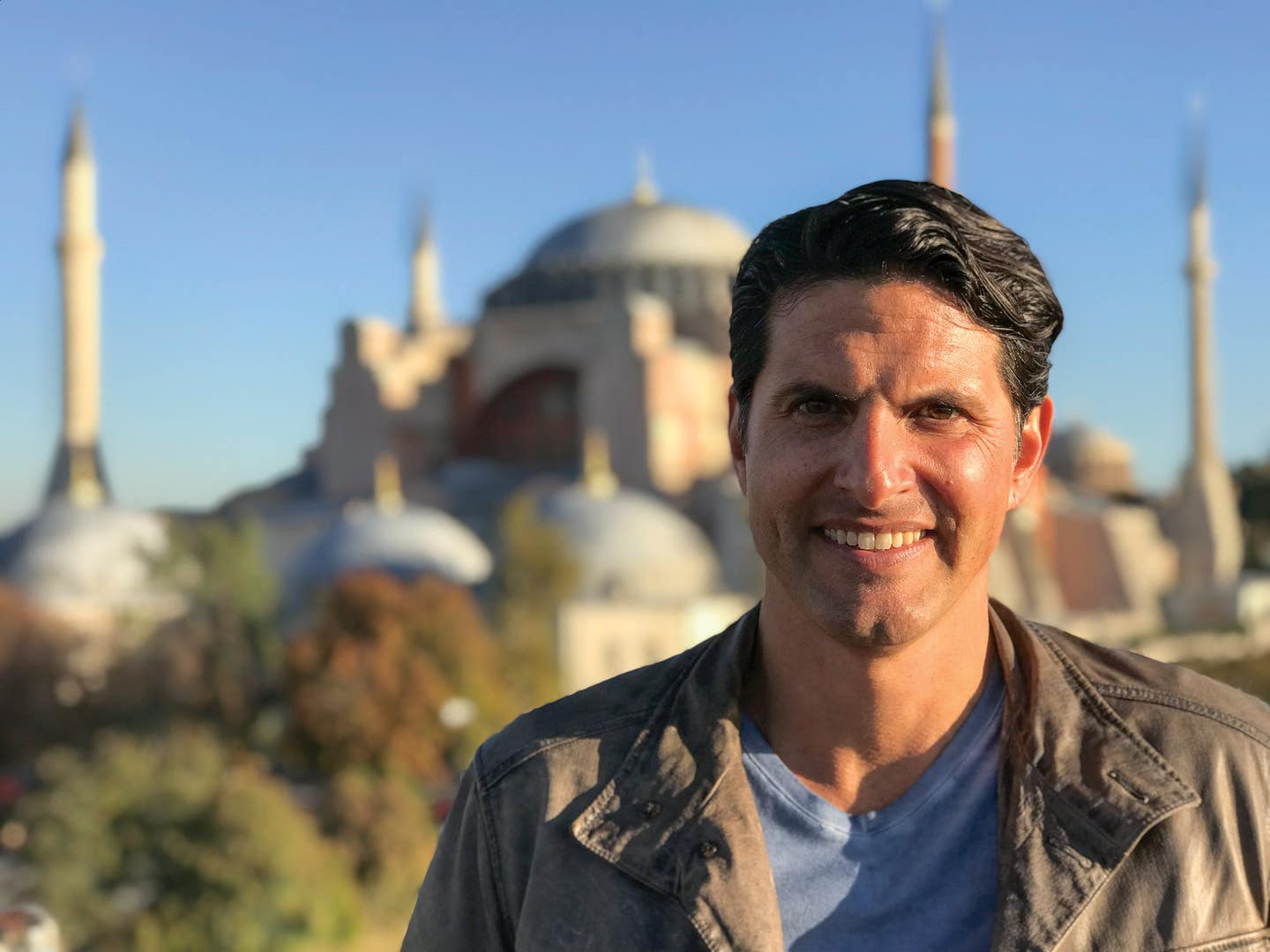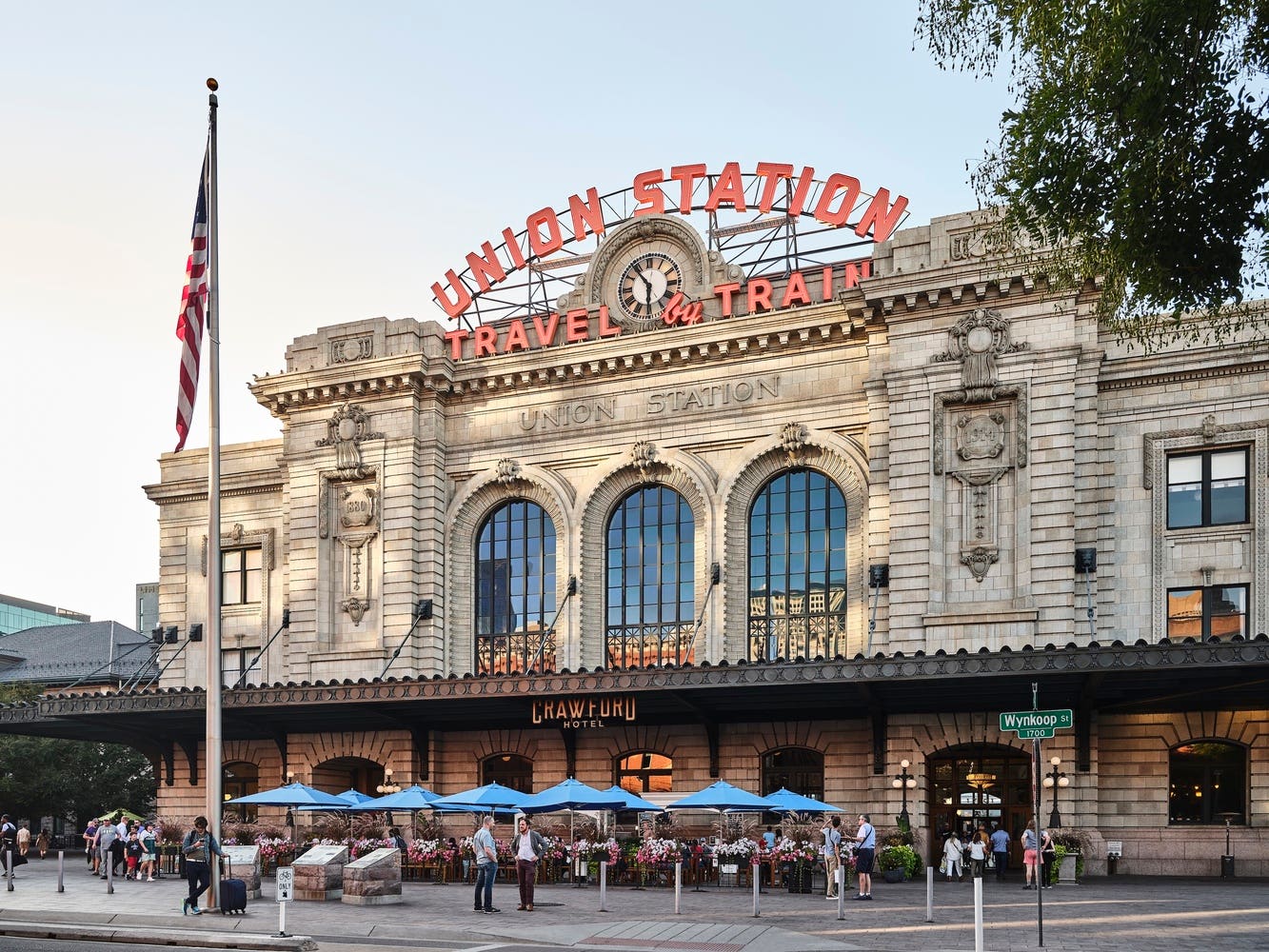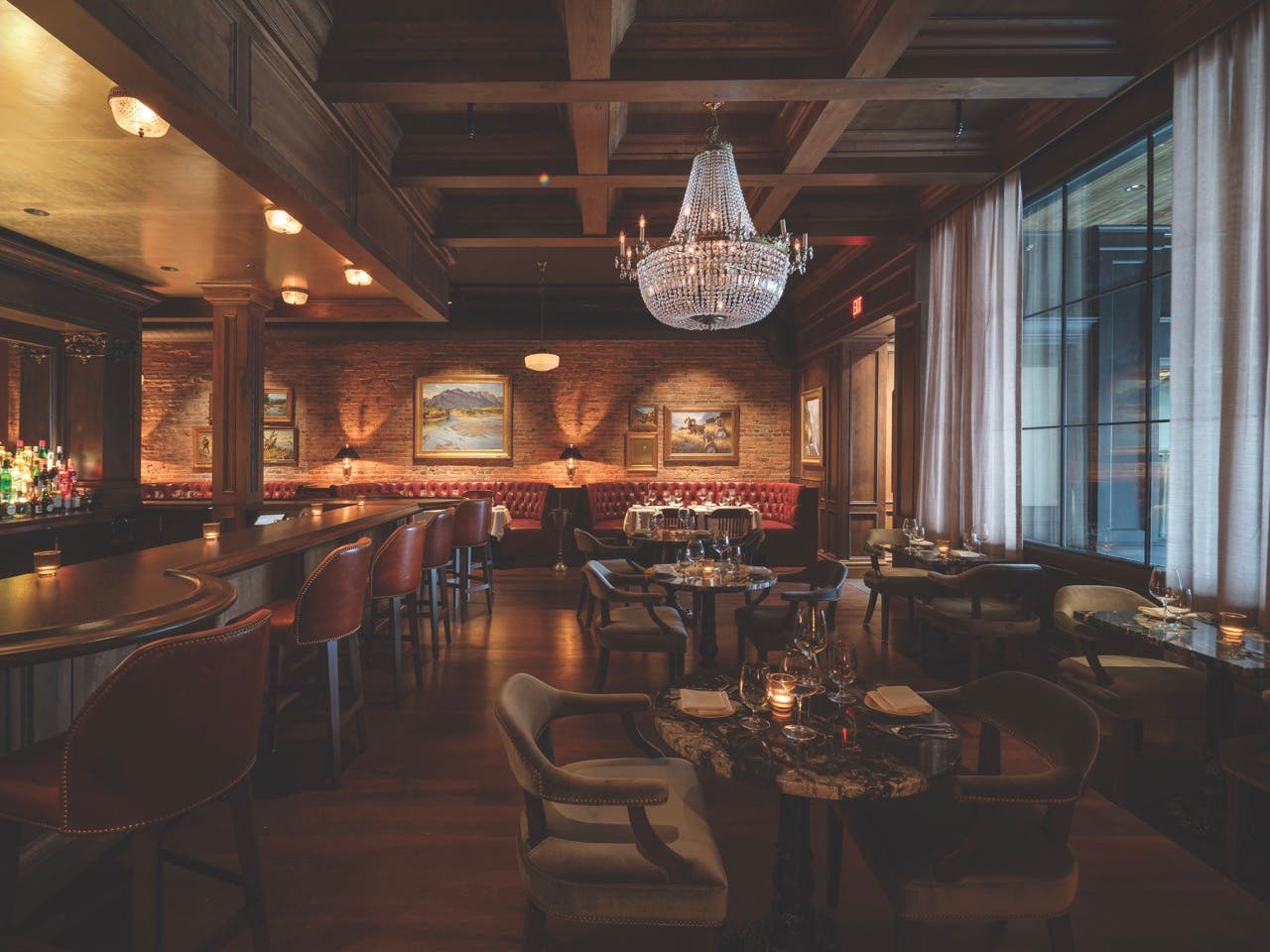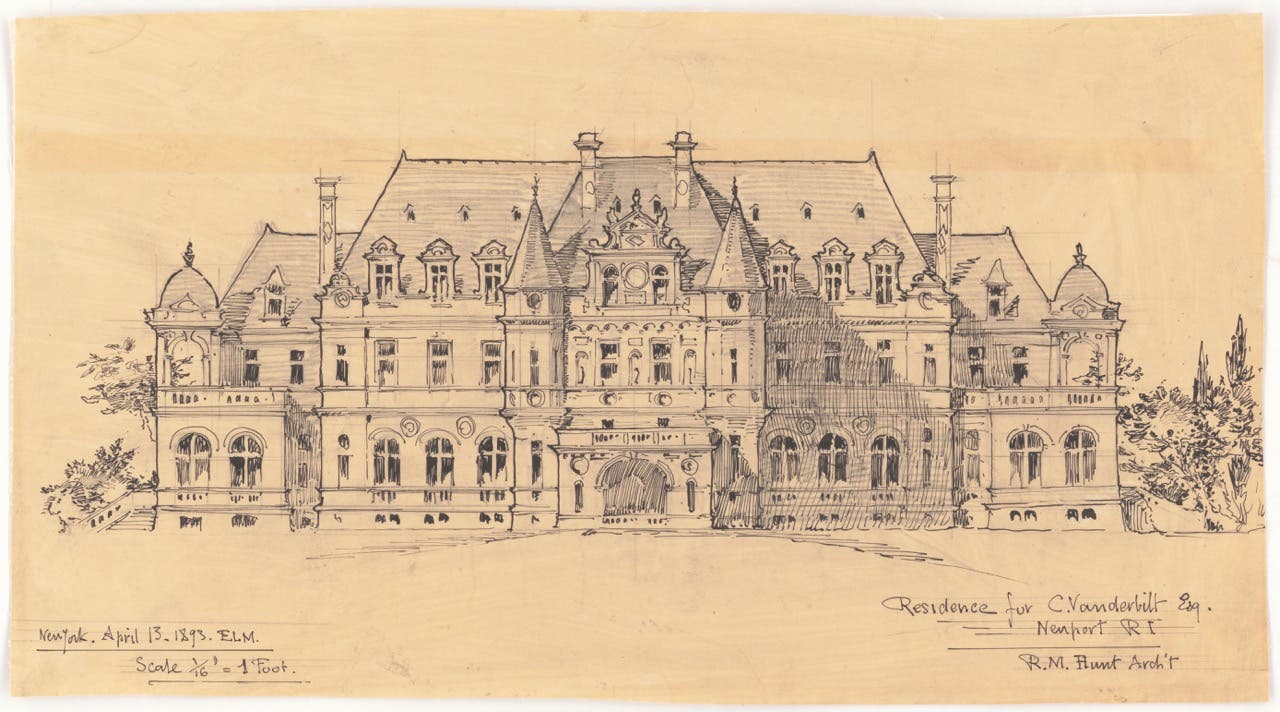
Profiles
Classical Archeologist Darius Arya
There is nothing more new than looking at the past, or at least that’s how Rome-based archaeologist Darius Arya thinks. For Darius, Rome is more than ancient history, it’s living history and an ongoing story that Darius takes to the lecture halls, the field, and to the screens- big and small.
“Everyone dreamed of being Indiana Jones,” tells Darius, “I figured I’d just do it. I wanted to be knee-deep in ancient inscriptions and underground sites, so I started with Latin.” While studying Classical Studies at University of Pennsylvania, Darius was accepted to participate in a semester in Rome at the Intercollegiate Center for Classical Studies, fondly known to alums and students at the Centro. While his focus was Greek and Latin, Darius was captivated by the active history all around him and continued on to a Masters and Masters/PhD in Classical Archaeology, at University of Texas Austin, and was awarded a Fullbright scholarship and fellowship at the American Academy in Rome.
What anchored and still anchors Darius to the Eternal City is the unique juxtaposition of past and present in its art, architecture, and culture. “I tend to look at Rome from the past, like 2,500 years ago, and constantly see these threads in contemporary life here as well as around the world.” His passion for Classical studies and architecture is unstoppable, and over the past two decades in Rome, he’s done everything to share it. As the director of American Institute for Roman Culture, a non-profit that fosters conversation on Rome’s extraordinary cultural legacy through education, outreach, and multi-platform storytelling, Darius created several education and new media initiatives, and as a documentary filmmaker, he hosts 2018’s “Ancient Invisible Cities” (PBS) and ongoing Italian television series “Under Italy” (RAI5).
We sat down with Darius to find out what its like to live, work, and dig in Rome.
1 You’ve been coordinating excavations in Rome for 15 years. What are some of the surprises you’ve come across? What has been your most fulfilling project to date? No matter how much you plan and study, when you finally excavate you will inevitably find things you didn’t expect, never dreamed of. I’ve come across an undocumented imperial era cemetery, and uncovered an intact opus sectile floor. My personal favorite and probably most fulfilling came from our dig at the Park of the Aqueducts, a public park less than eight miles from the center of Rome. The park itself is amazing with its mile-long arcade of ancient Aqua Claudia aqueduct. We were in our third summer at excavations, already having uncovered a 50,000 square foot lavish bath complex—multiple stories and chambers and lots of in situ marble paneling. We were halfway through the day, already unearthing beautiful statue fragments (clear signs of late antique spoliation) when we uncovered a colored marble head. As we progressed, we realized we had an entire intact statue of the highest quality—a second century AD red marble statue depicting Marsyas tied to a tree, with beautiful detailed musculature and one remaining bronze inlaid eye. I was so paranoid when we found it, I decided to sleep in the trench with Marsyas that night for fear of looters (always a real threat for any excavation). We extracted the statue the next morning with a small crane and transported it to a superintendency warehouse for safekeeping. After a thorough restoration and cleaning, our Marsyas is on permanent public display at Capitoline Museums Montemartini gallery.
2 What are the biggest challenges? Archaeology is slow work. And the thrill of a season in the field is matched by a long study season in the warehouse and in the library, with a lot of specialists and technicians. Many years in the field are overshadowed by countless more hours of study, research, and documentation. It is tedious and methodical—all totally worth it, but also requires a lot of patience and funding. Maybe that’s why Indiana Jones kept sneaking out of the university during office hours?
Challenges can be bureaucratic and also topographical. Rome has some of the most complex stratigraphy in the world due to the fact that it’s been continuously occupied for over 3,000 years and thus so much was built and deposited on the same land by so many citizens, foreigners, pilgrims, governments, and empires.
Taking the larger view of the field of archaeology and heritage preservation as a whole, probably the biggest challenge today is not looting nor war, but accelerated urban development and growing need for arable land. Often archaeologists and heritage preservation experts are considered hindrances to progressive development, but they are essential stakeholders in preserving/documenting known and delineated sites as well as those yet to be uncovered, and viable sources in collaborative development.
3 How do you navigate living in Rome, a contemporary city with nearly three thousand years of visible history and lot of baggage? Can one appreciate the history of the Eternal City and still enjoy its 21st century attributes and vice versa? With hundreds and hundreds of churches, monuments, and archaeological sites and museums, I’m never bored. Even after two decades of living in Rome every single day is a delight for me. There is always something to discover, explore, and rediscover, and my Rome experience flows into the palimpsest of the city. For example, my bus stop is at Largo Argentina, known for its cat sanctuary as well as the area sacra, an incredible open-air site with Republican temple abutted by the late Republican Senate hall where Julius Caesar was assassinated. My local gelateria is down the street and our children get their school supplies at the cartoleria next door. It’s a contemporary marketplace and probably the most historic bus stop in the world! My kids and I bike to school passing the best preserved temple in antiquity, the Pantheon, and then peddle past one of Rome’s most modern museums, Richard Meier’s Are Pacis Museum next to the 2000 year old Mausoleum of Augustus (currently under restoration, slated for a 2019 opening).
4 Are the upcoming generations interested in classical studies? How do you drive that interest? I’d say that the next gens are definitely interested in the classics but perhaps less conventionally. While less and less are majoring in Latin and Greek, they are absorbing classical studies directly and indirectly through film and television series like Gladiator, Game of Thrones, The Young Pope, as well as fashion, gaming and especially travel. All of this confirms to me that the classics, that history, the art and architecture, those characters and stories, are ever inspiring. Taking that into consideration, the field as a whole (from languages to art and archaeology) is definitely shrinking needs to reboot- reinvent itself, for wider appeal, at the same time staying true to its core objectives and values. I believe it is possible to bridge the gap between innate enthusiasm for the material and the actual academic discipline by utilizing new media to keep the material dynamic—from social media like YouTube and Instagram Stories, to better, interactive tech.
5 You were one of the first archaeologists to have an active voice on social media, and you won an award for it (2017 Periscoper of the Year). Will you share with us why social media is so important to archaeology, classical studies and architecture? Visual storytelling, an essential component of social media, is integral to archaeologist and historians. It brings the audience directly to the material culture. I’m lucky to be in Rome, hands down one of the most photogenic cities in the world. From the first time I signed up, it made sense and was easy to share images and live streams from the ancient world via Twitter, Facebook, and Instagram. It’s more than just a good photo—it’s an opportunity to expand and share knowledge and insights, and interact directly with a global audience that has questions and wants to learn. My hashtags #recycledhistory (a focus on the continual evolution and reuse of ancient materials) and #romeawayfromrome (modern and contemporary architecture with classical architectonic elements from a Palladian home to 1920s theatre or Wall Street architecture) may not trend but they create new discussions and connections of the various facets of classical studies. The results of my efforts on social media really show that the classics, in all its rich, interdisciplinary fields, is alive and well in a contemporary setting. History, art, architecture, and the people of the past that created it all, are engaging protagonists on a variety of platforms (Twitter, Instagram, Periscope, Facebook). As those sites evolved and change, I’ve adapted as well, having just now launched a new podcast Travel: In Situ. Delivery and engagement is bound to continue to change and evolve, and I intend to stay with or ahead of the curve in the discussion.








